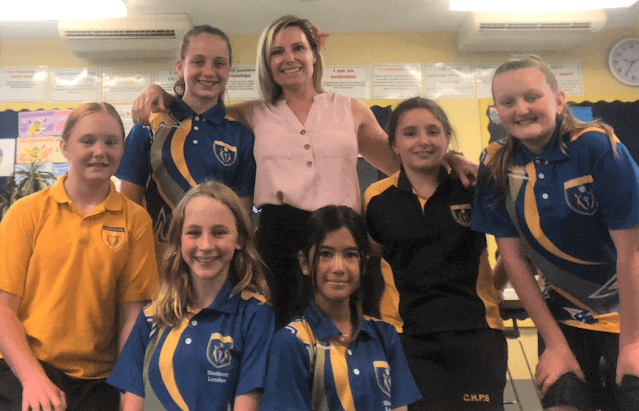We’re always thrilled to hear about the success of young scientists, and we were even more delighted to hear that one of the winning teams of the 2020 Science Teachers Association Young Scientist Awards in NSW used a Mic PCR instrument to develop their findings.
Teams from Currans Hill Public School entered two projects with a conservation focus, specifically focusing on endangered (the Green and Golden Bell Frog) and pest (Goldfish) species in local waterways. These projects centred around the threat to Australia’s aquatic ecosystem when unwanted Goldfish are dumped in waterways and eat the eggs of native aquatic species. The teams collected and tested pond water, and then used the Mic PCR machine to amplify segments of environmental DNA from non-detectable amounts to detectable DNA. One project identified the presence of Goldfish DNA in the water samples, while the other described the use of eDNA and PCR testing to identify and monitor the survival of the Green and Gold Bell Frog species.

The winning team consisting of Amelie Barrington Marsh, Maddison Breuer and Elle Cavanagh took out equal first in the STANSW Scientific Investigations Years 5-6 category. The second team consisted of Emily Crawford, Cate McCarthy and Lilyana Watson, with all six students working under the guidance of Ms Veronica Cavanagh.

Figure 2: Melt curves confirming the presence of the correct eDNA

Figure 1: Amplification curves demonstrating the presence of the eDNA
This was a fantastic opportunity for the students to learn about DNA, eDNA and PCR and to familiarise themselves with thermal cycler equipment. We find that our Mic magnetic induction cycler can be an ideal option for science lab equipment in schools and universities, due to its smaller size, relatively economic pricing and its ability to complete runs in under 40 minutes within one class. The plug-and-play installation and intuitive software make it easier to run tests and analyse results, while the fact that no calibration is required means that ongoing maintenance is minimal. We’re pleased that Mic is not only making life simpler for seasoned researchers and scientists, but also accessible to students of all ages who are interested in STEM. This accessibility is made even more poignant in a year where researchers have had the challenge of a lifetime developing SARS-CoV vaccines in record-making speed. It’s a clear reminder that we need great scientists both now and in the future.
On behalf of everyone at Bio Molecular Systems we’d like to say a huge congratulations to the teams from Currans Hill Public School! We’re excited to see how bright minds are approaching real-world problems and questions, and we hope projects and awards like these inspire even more young scientists.
